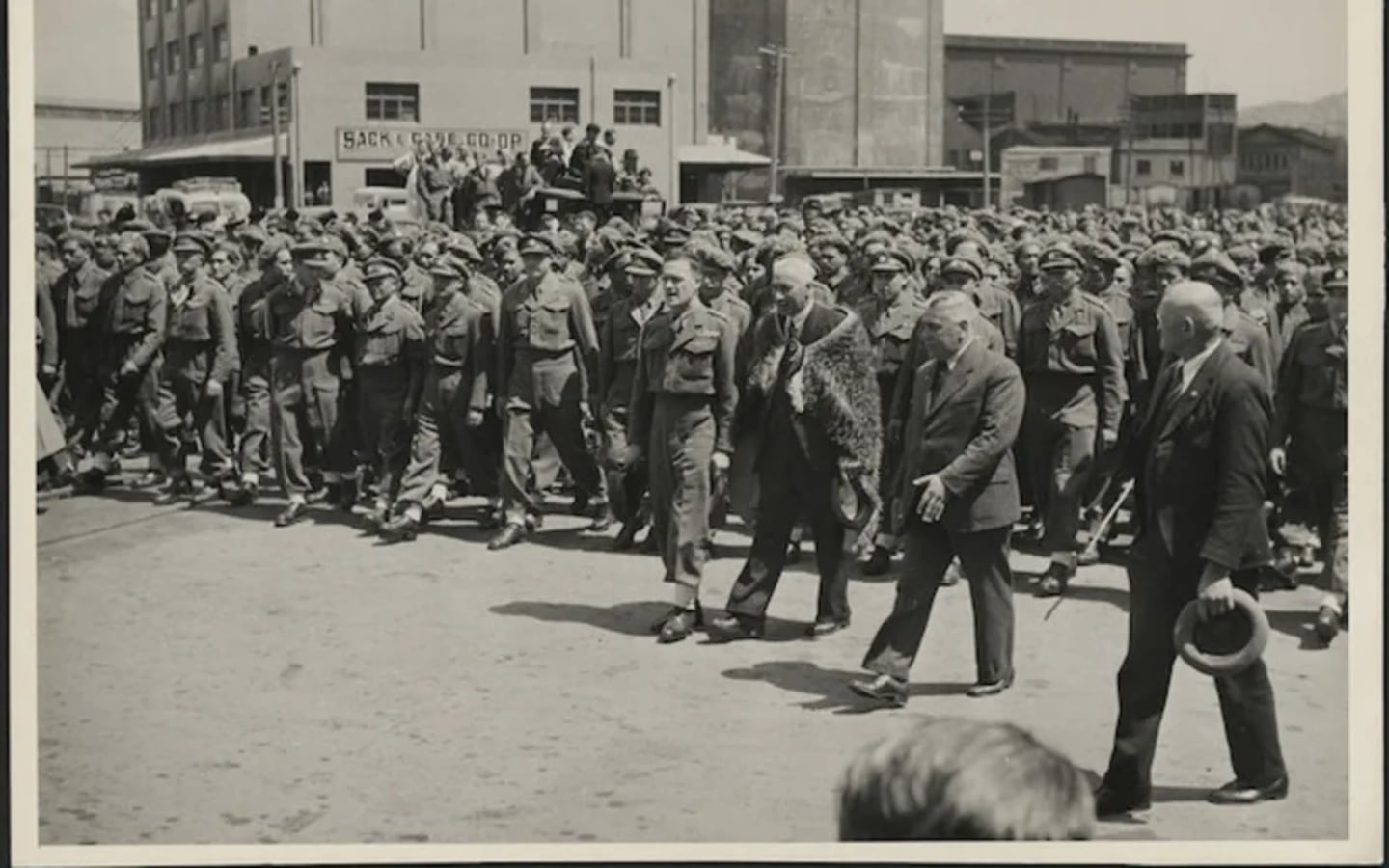This article was first published by RNZ.
The B Company, 28th NZ (Māori) Battalion History Trust, is calling on whānau and descendants of B Company soldiers to help strengthen the legacy of New Zealand’s iconic Māori Battalion.
The Trust, alongside Rotorua Museum Te Whare Taonga o Te Arawa, hopes whānau come forward with photographs and other images that will complete the visual narrative of these tūpuna, ensuring that their stories remain a living part of our national memory.
Although the museum remains closed for earthquake strengthening, work is underway to rebuild the B Company exhibition so the stories of these tūpuna are fully represented when the new space reopens.
The 28th Māori Battalion served in some of the most intense campaigns of World War II across Greece, Crete, North Africa and Italy - from 1940 to 1945.
The Māori Battalion suffered the highest casualty rate of any within the New Zealand division. Of the 3,578 men who served, 640 never returned home - a loss rate of one in six.
Queens Service Medal, chairman of B Company, 28th NZ (Māori) Battalion History Trust, Graeme Vircoe, said it was important for whānau and future generations to have a tangible view of their tūpuna.
“When you enter those facilities the first part of your journey is around the walls. Viewing and seeing the faces and images of all of those tūpuna who served for the Battalion, and we just needed to make sure that we had our part of that story for B company complete.”
Vircoe said these images played a key role in shaping the narrative of B Company and the wider Battalion - “which has read itself as one of New Zealand’s iconic entities as part of our national memory.”
“We needed to make sure that our part of the story - the collection of photographs - was as complete as possible.”
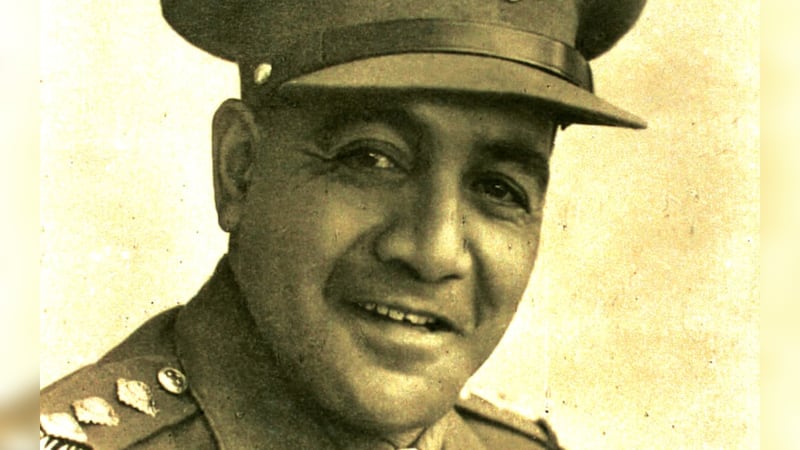
B Company, which drew its ranks from Rotorua, Bay of Plenty, Taupō and Thames-Coromandel, was one of four companies, divided along iwi lines, that made up the 28th Māori Battalion.
Nearly 1000 men served in B Company, yet over 300 soldier photographs have not yet been located.
“Having a complete collection of those photos is critically important,” Vircoe said.
“Those faces and the images were important for the narrative of the stories of B company and the 28th Māori Battalion.”
Vircoe said that while previous publications, including the famed novel Ake Ake Kia Kaha E! Forever Brave! had captured many of these stories, a significant number of images remained missing.
“The first thing that we would do, would be to look for the photographs of our tūpuna, and then go back to the main text of the book and read the narrative from a whānau perspective, to get a different appreciation of the stories that related to each of us through our tūpuna - in terms of telling the story of the Battalion and the company.”
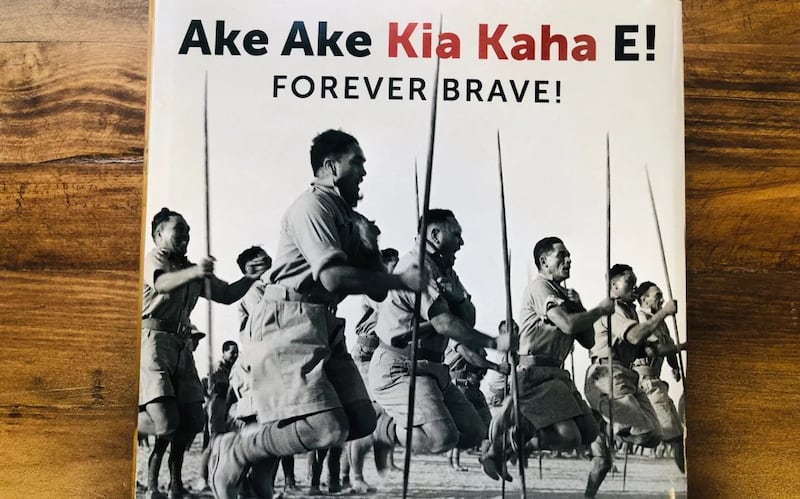
“Having a complete collection of those photos was critically important. And unfortunately, when we produced the book, the first publication, there were many photographs that we were unable to find.”
“And when we came to the second print, we managed to find a few more, but the collection is still incomplete.”
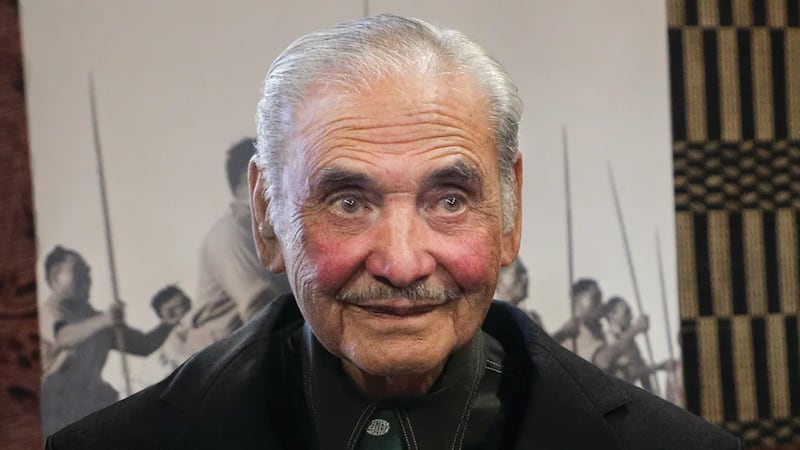
The search has taken on a renewed urgency following the death of Sir Robert (Bom) Gillies in November 2024 - the last surviving member of B Company and the Māori Battalion.
Vircoe said Bom played a significant role in shaping the original exhibition and was a frequent visitor to the museum.
“The urgency in that context was we needed to make sure that we had rendered a publication of the stories of B Company in advance of his passing - and when all of those men, our mōrehu (survivors) were getting on in years.”
Vircoe said Bom was the last man standing, but alongside him were other rangatira of the Māori Battalion.
“The orchestrator for the whole exercise was actually Aubrey Balzer, who served with Awatere and came home as a major and became the honorary colonel of the sixth Hauraki - the Battalion.
“Others like Sonny Sewell, back in the early days were part of the early conversations about needing to collect the stories for B company.
“Alongside Tā Bom, there was Arthur Midwood, who was one of the originals, the last of our 39’ers who went away with the first reinforcements right at the beginning of the war.
“Haare Te Nuku Ratana, from Tuhoe, and Te Puhi Patara, those were the people who were initially involved in the exciting energy to get the stories of B Company told alongside their C company cousins.”
Vircoe believed these fallen mōrehu felt “empty” that their stories had not been captured well over 40 years ago, when they still had their mates around them.
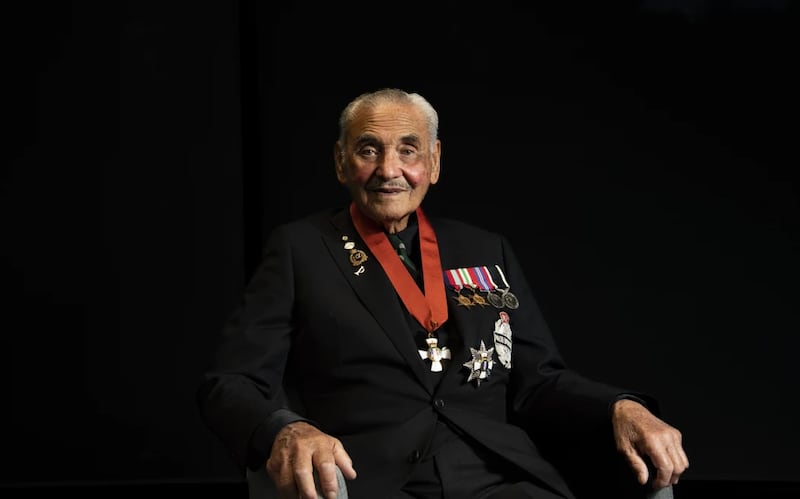
“Now with the passing of Tā Bom, they’re all gone and I think we’ve done the best that we can.
“Many, many stories that haven’t come to our attention that deserve to be recorded, they’re going to be out there amongst our whānau.”
Vircoe said the urgency was there under the blanket of guidance from those men - but had now taken a new light.
“But now the urgency is really about the revitalisation of energy to complete these stories and make sure that they’re properly seated for ourselves as whānau, and as part of our contribution back to the national memory to inform future research and all of those things.”

By joining the ranks of similar exhibitions dedicated to A and C Companies, the B Company display will provide whānau with a safe repository for treasured taonga and narratives.
“It’s not only about remembering our fallen soldiers; it’s about uplifting their mana for whānau and for our nation’s ongoing story.”
Vircoe said for many younger whānau members, these stories were their only connection to tūpuna who served during World War II.
“There’s a legacy aspect to all of this and these stories are important for each of our families, as part of how our tūpuna contributed to the stories of the battalion as an iconic establishment entity.”
He said it was also part of the legacy for all Māori who continued to serve for the New Zealand Defence Forces.
“Many of the families of those tūpuna have continued to serve to this day and more into the future. It’s all part and parcel of their story.”
“The other aspect of it, is that it also tells the story of the continuing contribution of Māori as citizens, and the story of our nationhood. That’s a story that’s continuing today.”
Whānau who believe their tūpuna served in B Company are being encouraged to share photographs, particularly those taken in uniform or around the time of the war.
A searchable database of B Company members is available on the same page as the online submission form.
In addition to rebuilding the exhibition, the B Company, 28th NZ (Māori) Battalion History Trust, which was formed in 2014, is undergoing a review, and has called on whānau of B Company soliders to attend a hui next month.
“When we set up the trust, we committed to capturing these stories. Now, we’re asking for direction from the B Company whānau on how best to preserve this legacy for the future,” Vircoe said.
The hui will be held on Saturday 24 May 2025 from 1pm to 4pm at Te Ao Mārama Hall, Ōhinemutu.
By Layla Bailey-McDowell of RNZ

